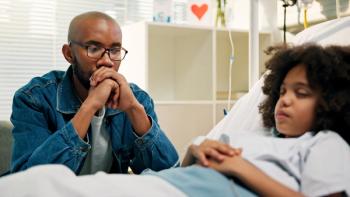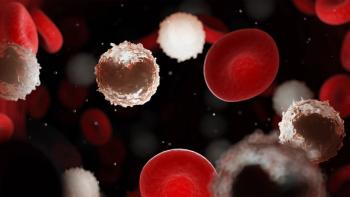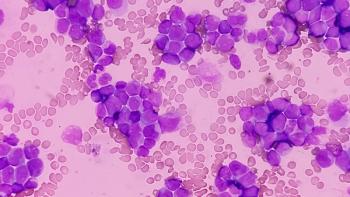
HPV Vaccine Continues to Decrease Cervical Precancers in the US
Cervical cancer and precancers have decreased in recent years, thanks to the HPV vaccine.
While many areas in the United States are struggling with measles outbreaks due to resistance to the measles, mumps, and rubella (MMR) vaccine, human papillomavirus (HPV) vaccinations are actually increasing across the country and causing a decrease of cervical cancer incidence, explained Nancy McClung, Ph.D., RN.
McClung, who is an epidemic intelligence service officer at the Centers for Disease Control and Prevention (CDC), recently led a study evaluating the HPV vaccine impact in young women in the US by describing trends in HPV vaccine types 16 and 18 — the cause of about 70% of cervical cancers across the globe – detected in cervical precancers.
Among women between the ages of 18 and 39, 53% of cervical precancers were due to HPV types 16 and 18. That number dropped to 44% by 2014. Further, among vaccinated women in the same age group, the proportion decreased from 55% to 33%.
“This key finding is evidence that the HPV vaccine is working to prevent cervical disease in young women in the United States,” McClung said in an interview with Oncology Nursing News.
Nurses play a vital role in the increasing vaccination rates. McClung mentioned that recommendations from nurses and other healthcare providers is the main reason why parents make the decision to have their children vaccinated.
“Nurses play a central role in educating patients and families, and helping people navigate health decisions,” McClung said. “Nurses may also help to identify and educate people who were not adequately vaccinated previously. CDC recommends vaccination through age 26 years for females and through 21 years for males; males age 22 to 26 may be vaccinated.”
Each year, HPV vaccination coverage increases by an average of 5 percentage points, according to McClung. However, there are still many individuals who have not received the recommended doses for the HPV vaccine, which still lags behind other routine adolescent vaccines.
So, McClung outlined some strategies for nurses and other healthcare providers to achieve higher vaccination rates. They include:
- Recommending HPV vaccines for all preteens aged 11 to 12 years.
- Recommending HPV the same way and the same day as other adolescent vaccines.
- Learning how to effectively answer parents’ common questions about the HPV vaccine.
- Repeatedly discussing HPV vaccination, even if parents initially decline.
- Sharing stories of HPV cancer survivors and using personal examples of vaccinating one’s own children.
- Implementing practice-based changes, such as reminder/recall systems and other standing orders.
“While women who already have cervical cancer will not benefit from vaccination, there should be great confidence among nurses and other healthcare providers that increasing HPV vaccination rates among their vaccine-eligible patients will be preventing cervical cancer — and other HPV[-related] cancers,” McClung said.
Looking ahead, McClung predicts that cervical cancer rates will continue to go down thanks to more widespread vaccination.
“In another decade or two, we expect to begin to see declines in cervical cancer rates among women in the United States,” she said. “We also expect to see even greater declines in cervical precancers, as more women are vaccinated at routine ages and with the
More resources for practitioners can be found on the
Newsletter
Knowledge is power. Don’t miss the most recent breakthroughs in cancer care.
















































































